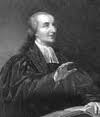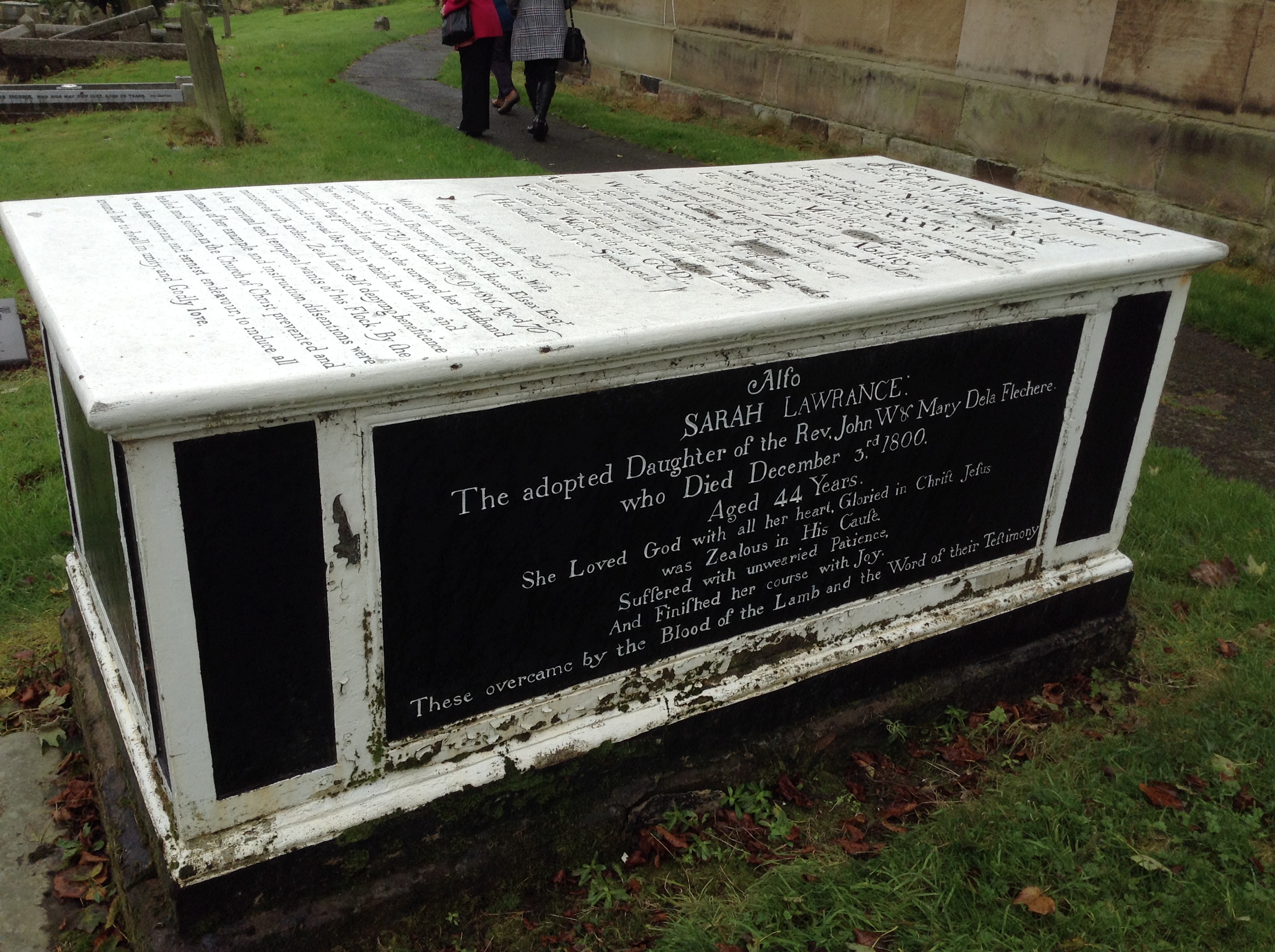On one of the family's stays in London, Fletcher first heard of the Methodists and became personally acquainted with John and Charles Wesley, as well as his future wife, Mary Bosanquet. Fletcher was Ordained as deacon on 6 March 1757 and Priest on 13 March 1757 in the Church of England, being appointed curate to the Rev. Rowland Chambre in the parish of Madeley, Shropshire. His preaching was perpetually preceded, accompanied, and succeeded by prayer. He sought after an entire conformity to the perfect will of God. His charities were profuse, most of his salary being used to supply necessities for the poor, and a good part of his private income spent in the opening of chapels and spreading the Gospel. He loved his neighbor as himself as scriptures taught.
John Fletcher and Mary Bosanquet wrote each other during the summer of 1781. They were married at Batley Church in Yorkshire on 12 November 1781.
Their marriage was short-lived. John died less than four years later in 1785 and was buried in a cast iron tomb at St. Michael's Church, in Madeley. John Fletcher was vicar here. John Wesley tried to convince Mary to start a work in London, but she refused to leave so she could carry on her husband's work. Mary was allowed to continue living in the vicarage by the new vicar, Henry Burton, a pluralist clergyman who was also the incumbent of Atcham parish near Shrewsbury. This she did for the next thirty years. She died in the parish and was buried in the same grave as her husband in December 1815.
On one of the family's stays in London, Fletcher first heard of the Methodists and became personally acquainted with John and Charles Wesley, as well as his future wife, Mary Bosanquet. Fletcher was Ordained as deacon on 6 March 1757 and Priest on 13 March 1757 in the Church of England, being appointed curate to the Rev. Rowland Chambre in the parish of Madeley, Shropshire. His preaching was perpetually preceded, accompanied, and succeeded by prayer. He sought after an entire conformity to the perfect will of God. His charities were profuse, most of his salary being used to supply necessities for the poor, and a good part of his private income spent in the opening of chapels and spreading the Gospel. He loved his neighbor as himself as scriptures taught.
John Fletcher and Mary Bosanquet wrote each other during the summer of 1781. They were married at Batley Church in Yorkshire on 12 November 1781.
Their marriage was short-lived. John died less than four years later in 1785 and was buried in a cast iron tomb at St. Michael's Church, in Madeley. John Fletcher was vicar here. John Wesley tried to convince Mary to start a work in London, but she refused to leave so she could carry on her husband's work. Mary was allowed to continue living in the vicarage by the new vicar, Henry Burton, a pluralist clergyman who was also the incumbent of Atcham parish near Shrewsbury. This she did for the next thirty years. She died in the parish and was buried in the same grave as her husband in December 1815.
Gravesite Details
Cast Iron tomb
Family Members
Advertisement
Records on Ancestry
Advertisement





